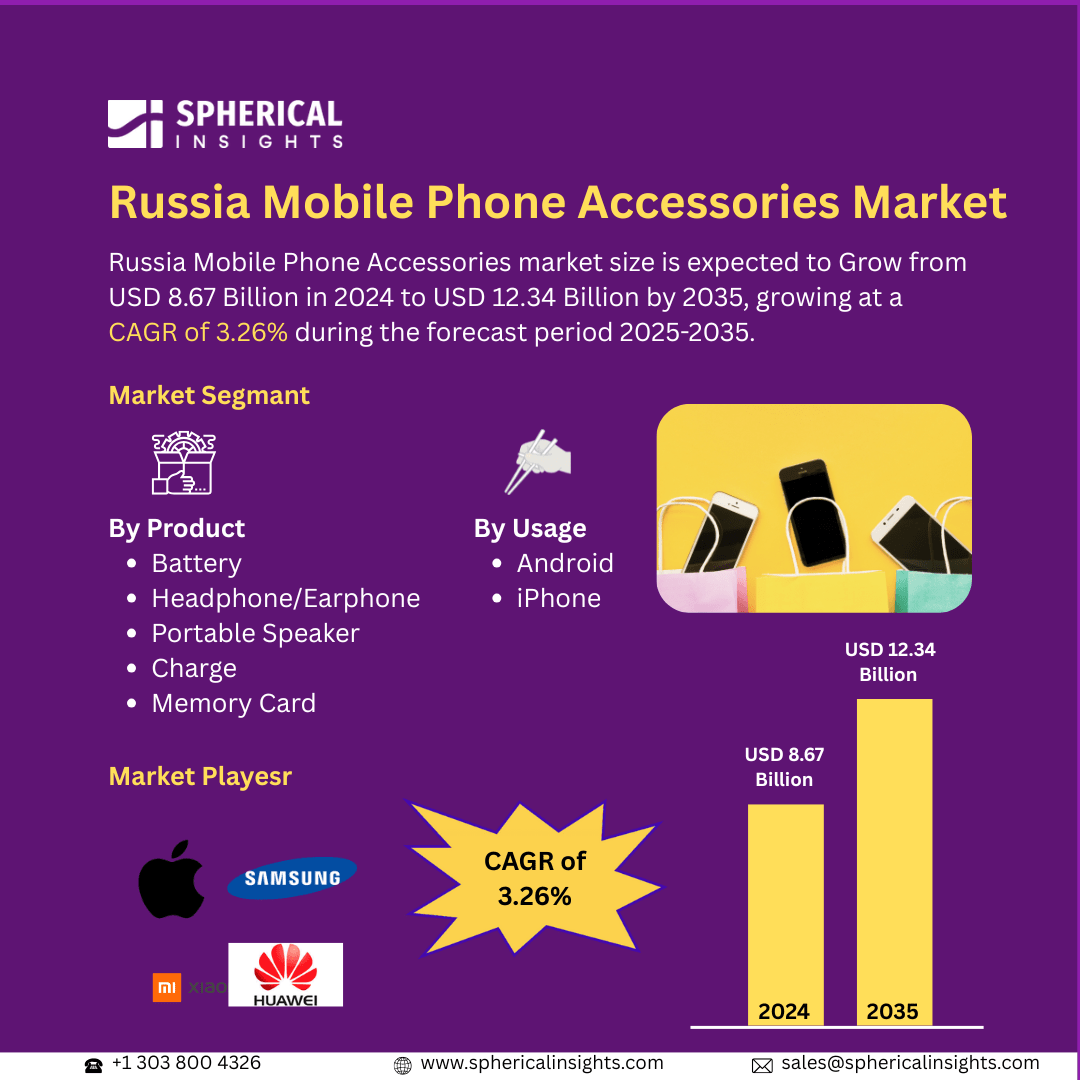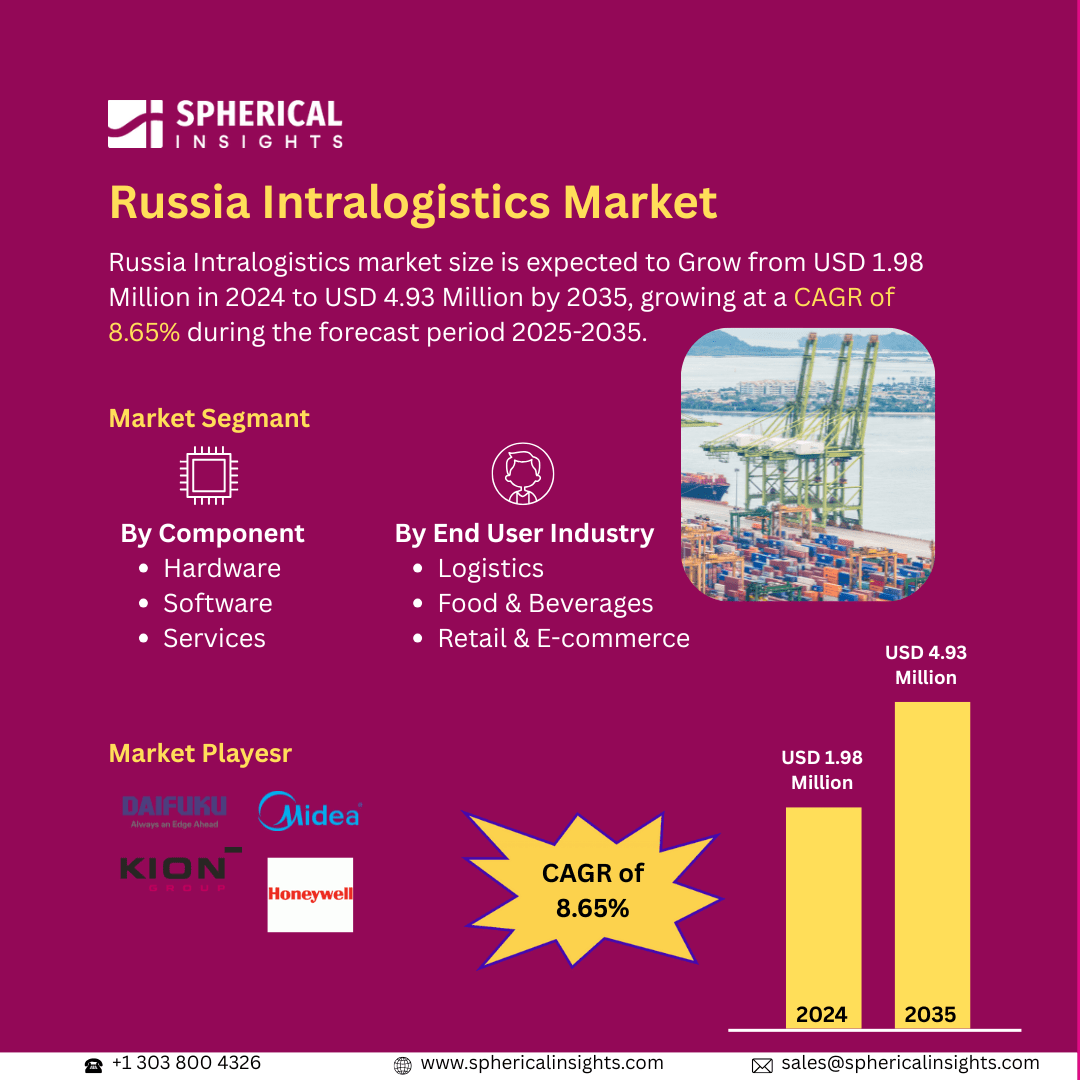Global Inhalable Biologics Market Size to Exceed USD 14.79 Billion by 2033
According to a research report published by Spherical Insights & Consulting, The Global Inhalable Biologics Market Size Expected to Grow from 2.86 Billion in 2023 to USD 14.79 Billion by 2033, at a CAGR of 17.86% during the forecast period 2023-2033.
Browse 210 market data Tables and 45 Figures spread through 190 Pages and in-depth TOC on the Global Inhalable Biologics Market Size, Share, and COVID-19 Impact Analysis, By Biologics (Peptides & Proteins, Monoclonal Antibodies, and RNAi-based Therapeutics), By Application (Diabetes and Cancer), and By Region (North America, Europe, Asia Pacific, Latin America, Middle East, and Africa), Analysis and Forecast 2023 – 2033
The inhalable biologics market is the worldwide market that deals with the research, manufacture, and marketing of biologic drugs given through inhalation for the therapy of respiratory as well as systemic disorders. They are proteins, peptides, antibodies, and nucleic acids processed for pulmonary administration through dry powder inhalers (DPIs), nebulizers, or metered-dose inhalers (MDIs). Moreover, the inhalable biologics market is propelled by the rising prevalence of respiratory diseases, the need for non-invasive drug delivery, and technological advances in inhalation. Increased biopharmaceutical developments, enhanced bioavailability of inhaled pharmaceuticals, and patient preference for needle-free injections drive market growth. Furthermore, growing research on pulmonary drug delivery and regulatory approval of inhalable biologics also drive adoption. However, the inhalable biologics market is hindered by factors including high research and development expenses, complicated formulation issues, regulatory issues, patient awareness constraints, and the requirement for special inhalation devices for successful biologic drug delivery.
The peptides & proteins segment accounted for the largest share of the global inhalable biologics market in 2023 and is anticipated to grow at a significant CAGR during the forecast period.
Based on biologics, the global inhalable biologics market is divided into peptides & proteins, monoclonal antibodies, and RNAi-based therapeutics. Among these, the peptides & proteins segment accounted for the largest share of the global inhalable biologics market in 2023 and is anticipated to grow at a significant CAGR during the forecast period. This is because of their settled role in managing respiratory diseases such as pulmonary arterial hypertension and cystic fibrosis. Stability, established effectiveness, and technology breakthroughs in formulations for inhalation fuel market domination over emerging technologies of RNAi therapeutics and monoclonal antibodies in pulmonary drug delivery.
The diabetes segment accounted for a substantial share of the global inhalable biologics market in 2023 and is anticipated to grow at a rapid pace during the projected period.
On the basis of the application, the global inhalable biologics market is divided into diabetes and cancer. Among these, the diabetes segment accounted for a substantial share of the global inhalable biologics market in 2023 and is anticipated to grow at a rapid pace during the projected period. This is because of the growing use of inhalable insulin as a needle-free option for injections. Growing incidence of diabetes, patient desire for needle-free delivery, and technological advancements in pulmonary insulin formulations propel its leadership over cancer, in which inhalable biologics remain in the early stages of investigation.
North America is projected to hold the largest share of the global inhalable biologics market over the projected period.
North America is projected to hold the largest share of the global inhalable biologics market over the projected period. This is driven by sophisticated healthcare infrastructure, robust biopharmaceutical R&D, and high uptake of new drug delivery systems. The growing incidence of respiratory disorders in the region, regulatory approvals, and heightened demand for non-invasive biologic drugs further establish its market leadership compared to other regions.
Asia Pacific is expected to grow at the fastest CAGR of the global inhalable biologics market during the projected period. This is driven by growing cases of respiratory diseases, rising healthcare expenditure, and the growing use of sophisticated drug delivery technologies. Developing pharmaceutical industries, a huge patient base, and government policies favouring biologics further boost market growth, leading other regions in development and adoption.
Company Profiling
Major vendors in the global inhalable biologics market are AstraZeneca, MannKind Corporation, CanSino Biologics, Kamada Pharmaceuticals, Ocugen Inc., Ab Initio Pharma, and others.
Key Target Audience
- Market Players
- Investors
- End-users
- Government Authorities
- Consulting and Research Firm
- Venture capitalists
- Value-Added Resellers (VARs)
Recent Development
- In December 2024, MannKind Corporation and Cipla Ltd. reported CDSCO approval in India for Afrezza (insulin human) Inhalation Powder in adults, following U.S. and Brazil approvals. MannKind will be responsible for supply, with Cipla serving as a marketer. Shipments are anticipated by late 2025. Afrezza is a rapid-acting inhaled insulin providing a non-injectable choice for diabetes care in India, where more than 74 million adults live with diabetes. Safety information includes risks of bronchospasm in patients with chronic lung disease.
Market Segment
This study forecasts revenue at global, regional, and country levels from 2023 to 2033. Spherical Insights has segmented the global inhalable biologics market based on the below-mentioned segments:
Global Inhalable Biologics Market, By Biologics
- Peptides & Proteins
- Monoclonal Antibodies
- RNAi-based Therapeutics
Global Inhalable Biologics Market, By Application
Global Inhalable Biologics Market, By Regional
- North America
- Europe
- Germany
- UK
- France
- Italy
- Spain
- Russia
- Rest of Europe
- Asia Pacific
- China
- Japan
- India
- South Korea
- Australia
- Rest of Asia Pacific
- South America
- Brazil
- Argentina
- Rest of South America
- Middle East & Africa
- UAE
- Saudi Arabia
- Qatar
- South Africa
- Rest of the Middle East & Africa



